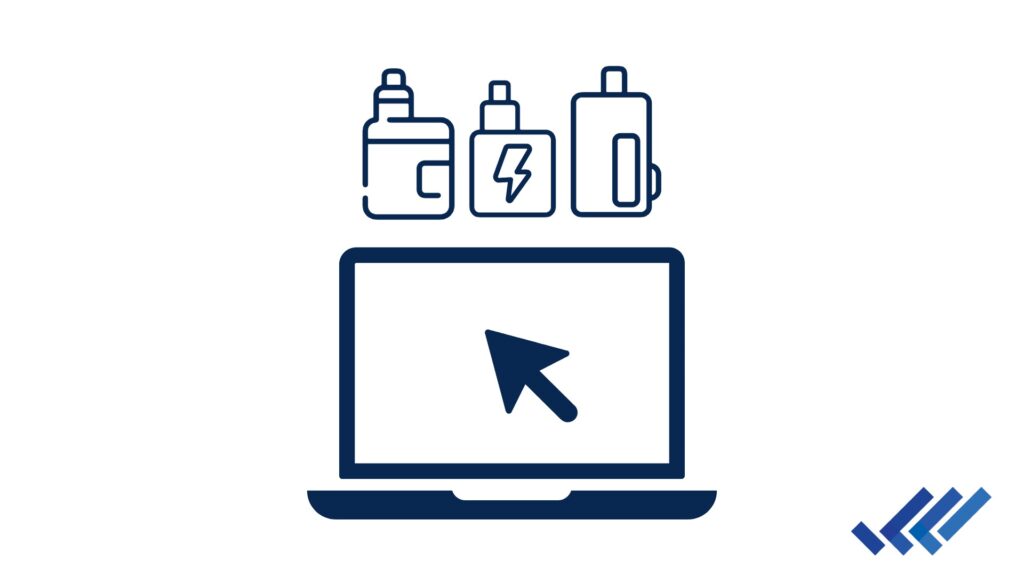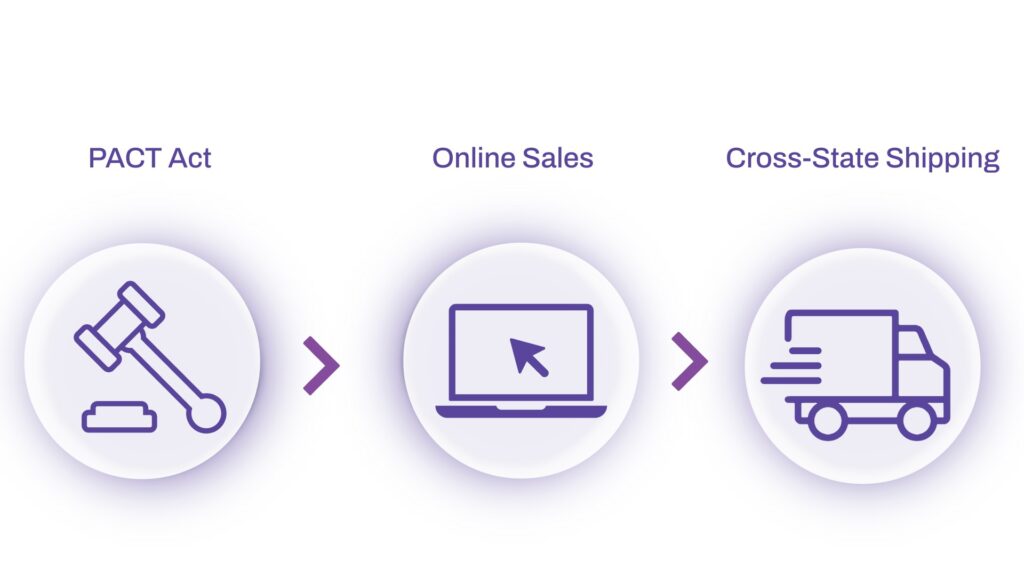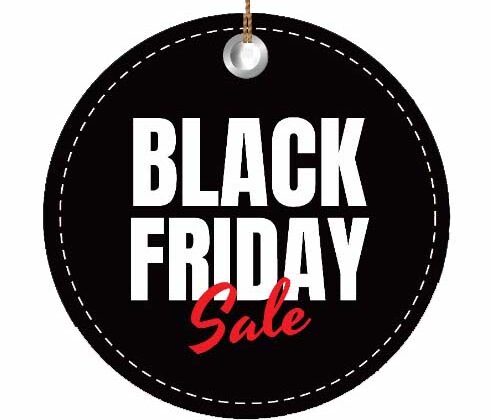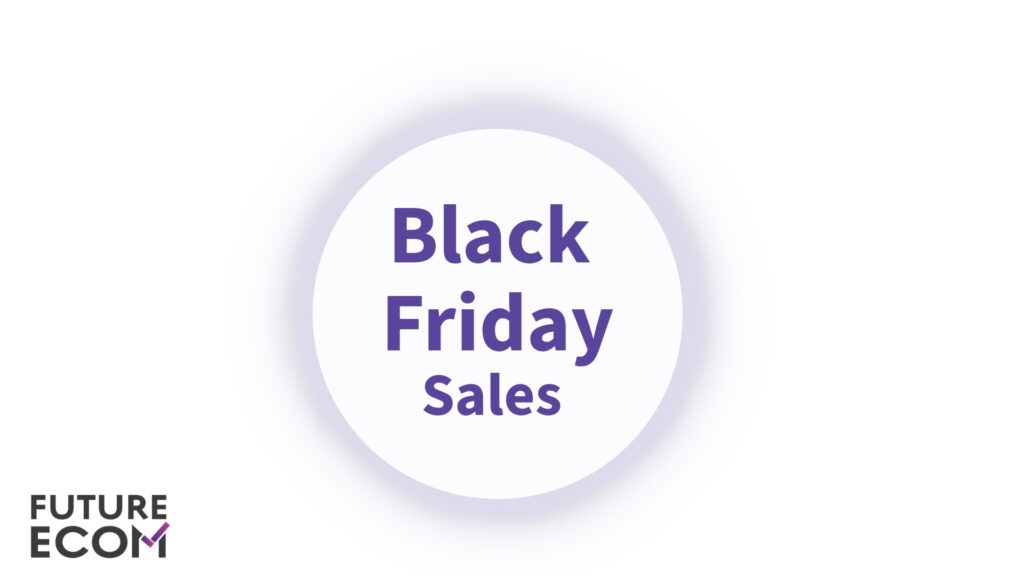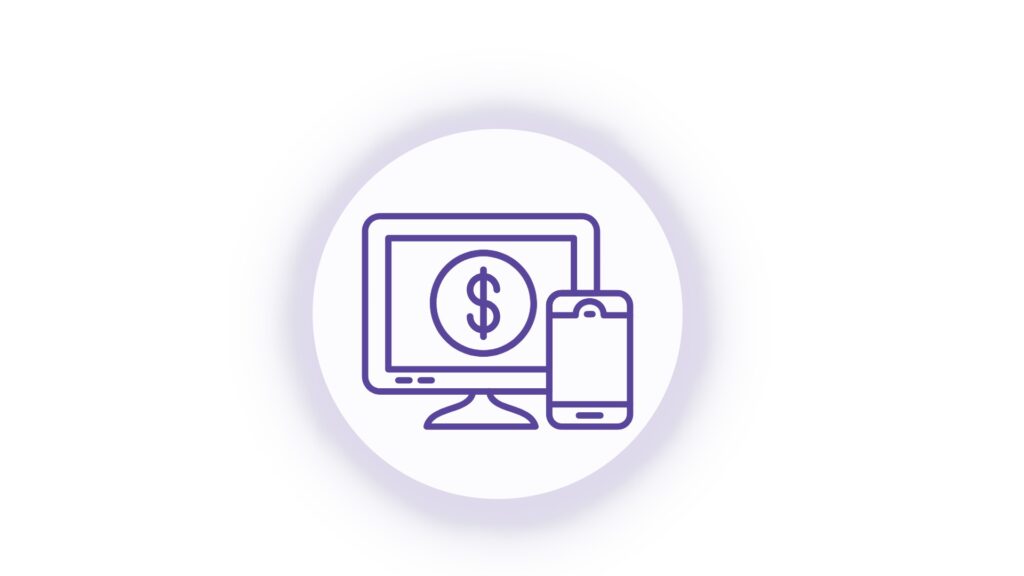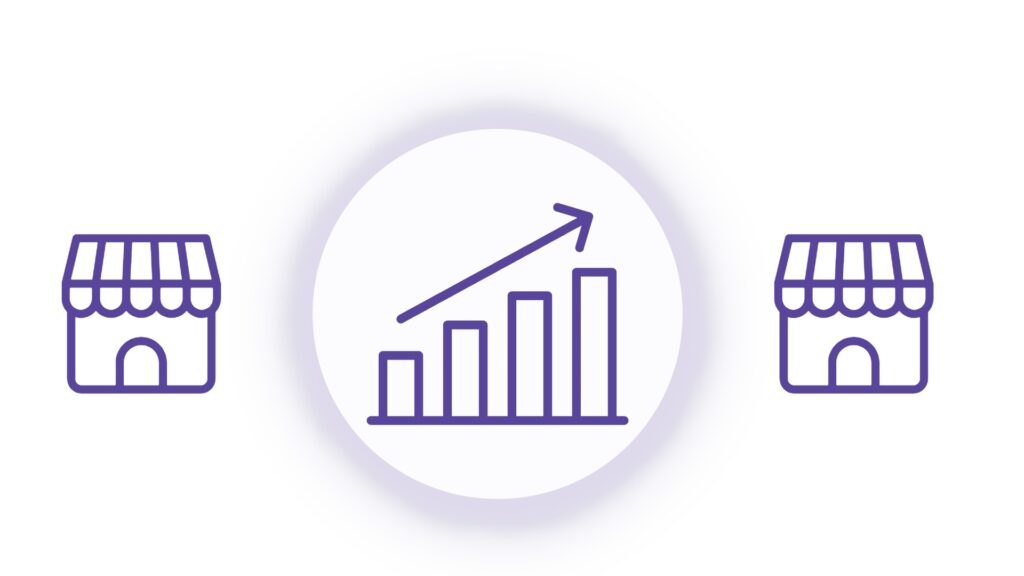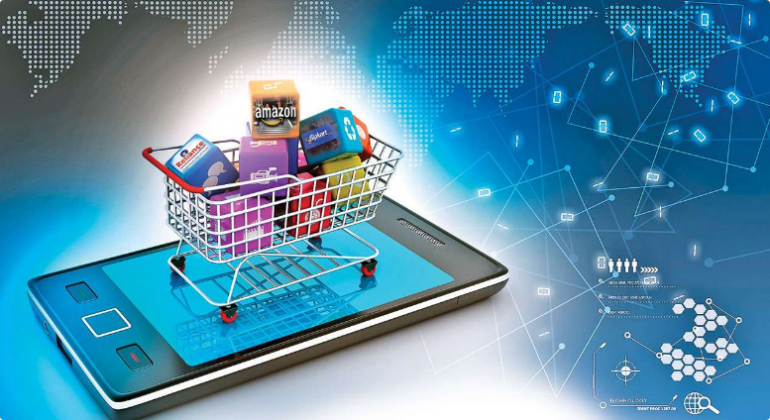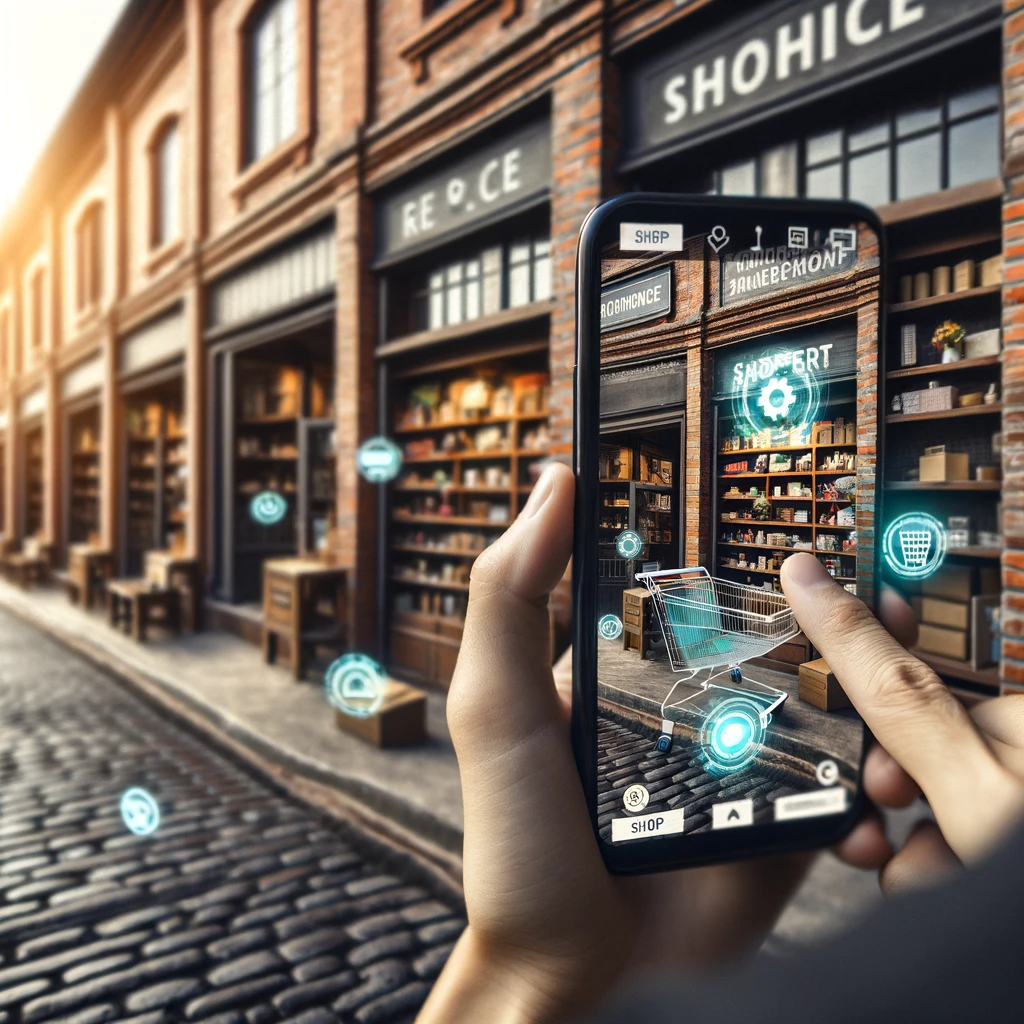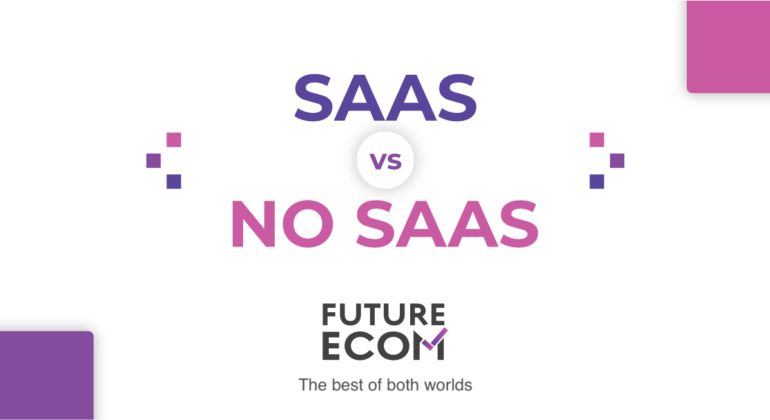The Prescriptions for Selling Vapes Online
The legal prescriptions for selling vapes online aren’t as simple as some extra checkout buttons for your customer to press. Because vapes (or electronic nicotine delivery systems, “ENDS”) are regulated under U.S. law, online retailers must follow strict compliance steps — and consumers must meet certain legal requirements.
Legal Requirements for Selling Vapes Online: Minimum Age
Under the federal Tobacco 21 (T21) law, it is illegal to sell any tobacco product — including e-cigarettes and nicotine-containing vapes — to anyone under 21 years old. Retailers must verify age using a government-issued photo ID. The FDA requires retailers to check photo IDs for anyone under 30 who attempts to buy regulated products, as of September 30, 2024.
Identity Verification
Since T21, vape stores have created methods to ensure customers are over 21. However, online vape stores must go beyond a simple “I am over 21” checkbox. The legal prescriptions for selling vapes online include federal laws. Businesses often use third-party age verification services in order to ensure compliance. These services compare customer information (name, date of birth, address) with public or private databases before completing a sale.
After verifying, retailers also need to keep records of every transaction’s age check and ID verification. These logs may be subject to inspection by regulators. All in all, it is possible to sell vapes online; however, this business comes with many regulations to note.
Selling Vapes Online: Delivery Requirements
Selling vapes legally online requires compliance with the PACT Act. Online vape sellers are required to ensure that a 21+ adult signature is obtained upon delivery. The person receiving the package typically has to show a valid ID at delivery time. Because of these requirements, many vape retailers use specialized shipping services that are compliant with the PACT Act.
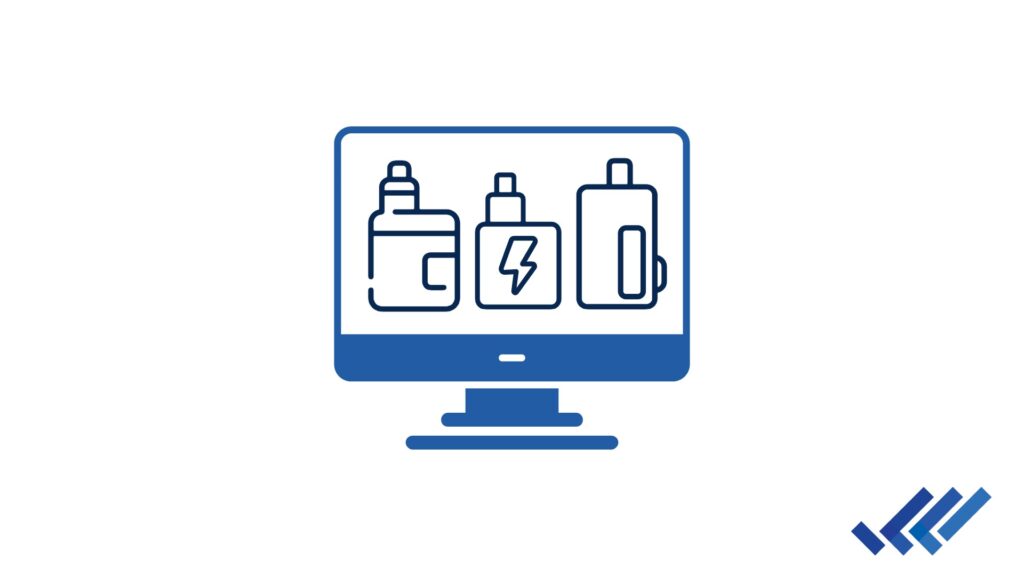
Product Authorization
Not all vape products are equal in the eyes of regulators. The FDA oversees the sale, manufacturing, labeling, and importation of ENDS products. The FDA must authorize products through pre-market review before companies can legally sell them. Retailers who mix or modify e-liquids (e.g., custom flavors) may fall under FDA manufacturing rules, which impose additional regulatory burdens.
Additionally, online vape stores selling across multiple states must consider various state regulations in order to ensure order compliance. Common state regulations include excise taxes and e-juice flavor bans. For example, since Massachusetts has a complete flavor ban, online vape retailers can’t ship strawberry-flavored vapes to customers in this state.
Vape Business Responsibilities
As a vape business selling online, it is important to ensure that your website includes functions that ensure regulatory compliance, like age verification checks and PACT Act delivery compliance. FutureEcom provides a platform that uses AI to confirm age verification. PACT Act compliance, order compliance, and more. Learn more on our website.


